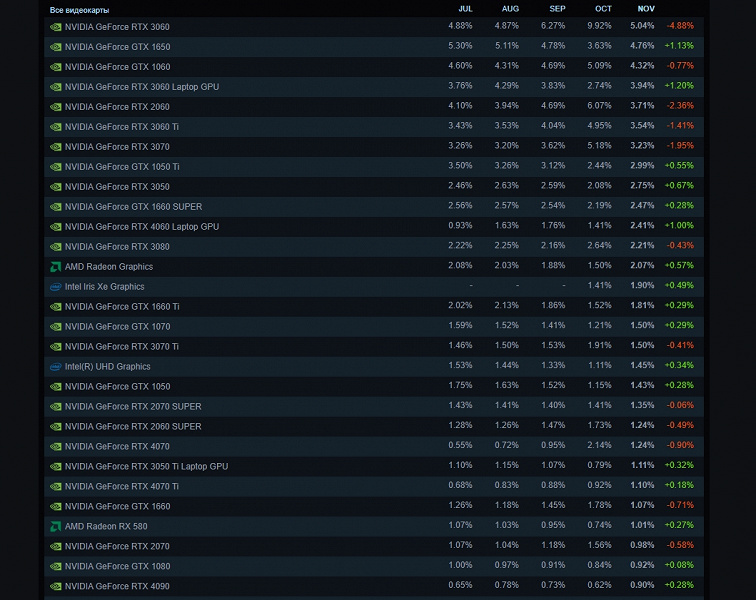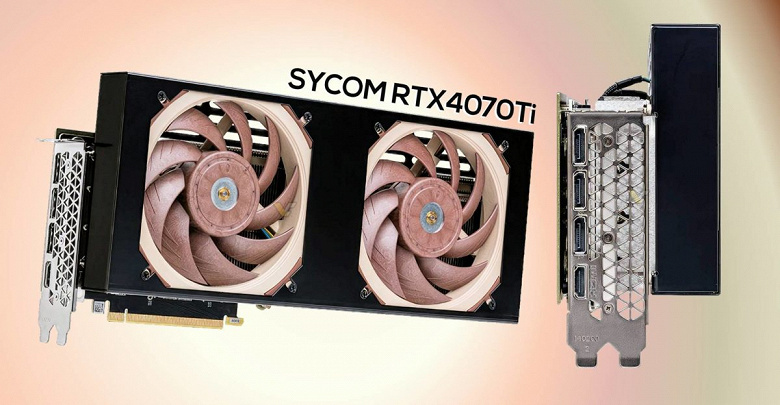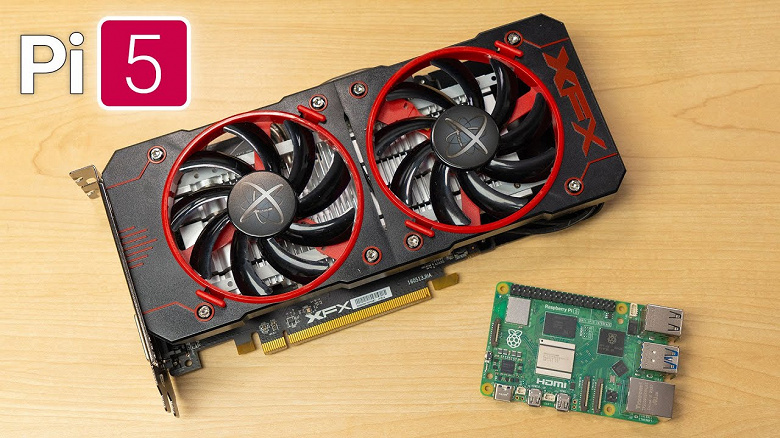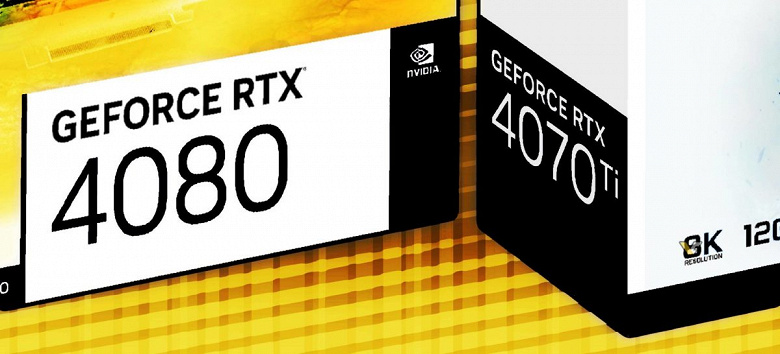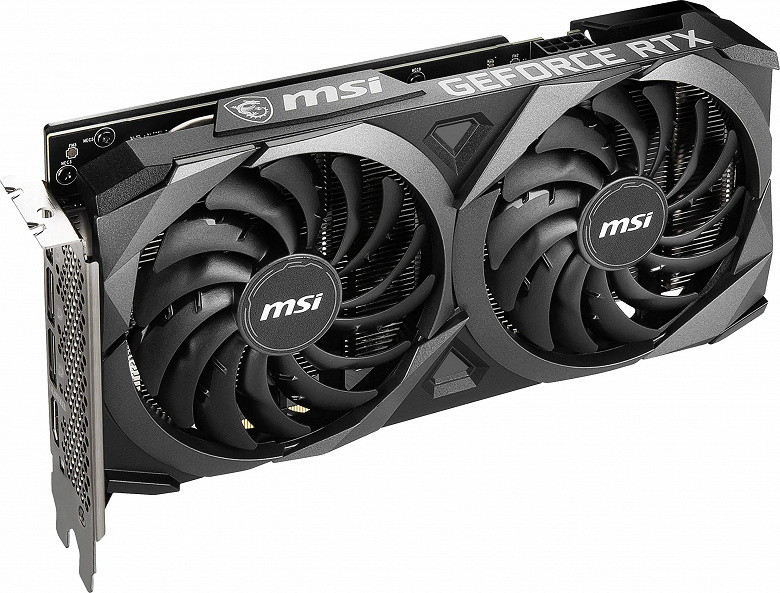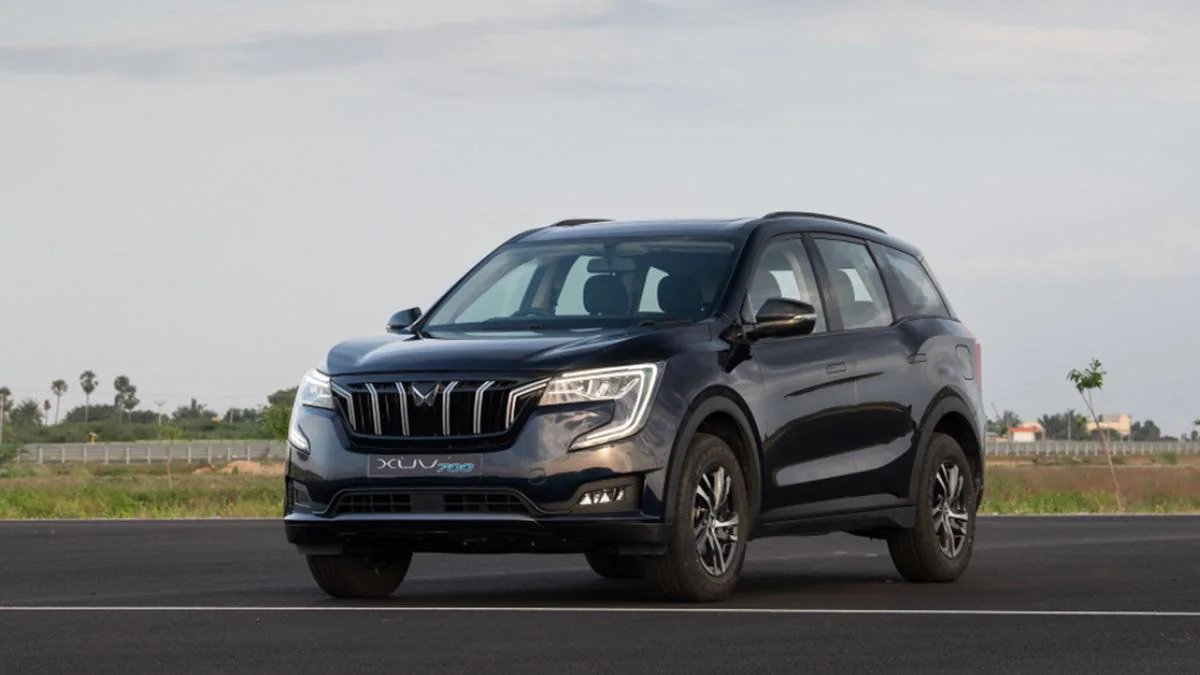Mobile versions of GeForce RTX 3000 will be one third slower than desktop, but will receive up to 16 GB of GDDR6
In the database of video cards of the resource Notebookcheck, the specifications of the mobile versions of the GeForce RTX 3080, RTX 3070 and RTX 3060 have appeared. Recall that NVIDIA scheduled an online broadcast on January 12, where it promised to talk about its innovations in the field of games and graphics. It is highly probable that within the framework of this event we are expecting the announcement of the next generation of mobile graphics GeForce.

